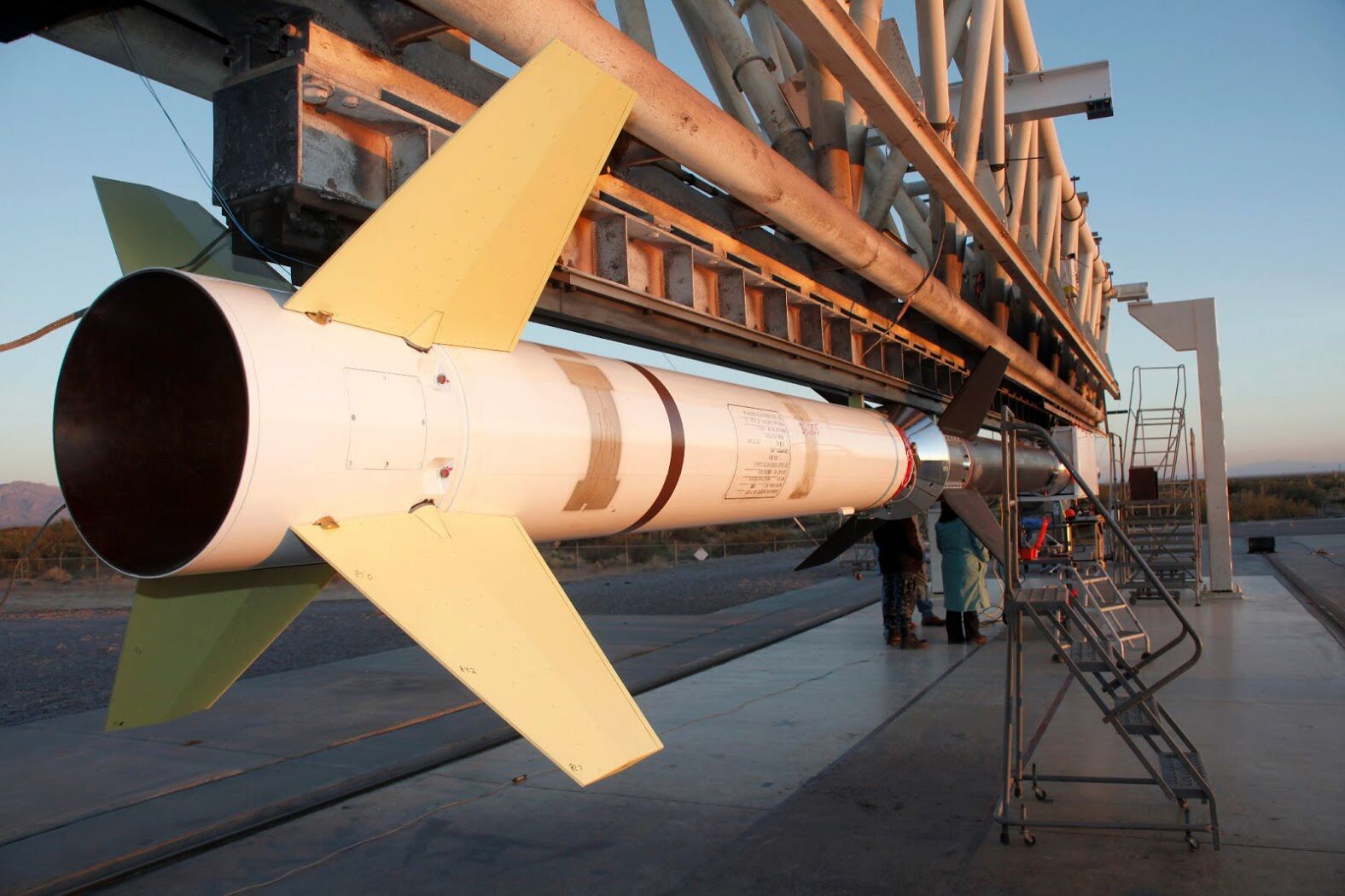NASA Will Launch 2 Rockets to Test a Mars Parachute and Track 'Nanoflares'

NASA will launch two brief rocket missions tomorrow (Sept. 7): One will test a parachute that could be used to help land the next rover on Mars; the other will measure tiny explosions on the sun called "nanoflares."
The rocket launches will occur separately in Virginia and New Mexico. Only the parachute test will be livestreamed, with coverage beginning at 9 a.m. EDT (1300 GMT) on the Ustream page for NASA's Wallops Flight Facility. Sounding rockets fly for up to about half an hour and never reach high enough altitudes to stably orbit Earth.
That launch will be the third test of the Advanced Supersonic Parachute Inflation Research Experiment (ASPIRE), which is designed for NASA's next Red Planet rover mission, called Mars 2020. The sounding rocket, a 58-foot-tall Terrier-Black Brant IX, will carry the parachute up to a height of 32 miles (50 kilometers). Then the device will deploy as it falls back to Earth at a speed faster than that of sound. [NASA Sounding Rocket Lights Up the Sky: Photos]

ASPIRE's launch window opens at 9:30 a.m. EDT (1330 GMT) and will stretch until 12:30 p.m. EDT (1730 GMT). If the rocket can't take off in that window, there are additional opportunities until Sept. 15.
The parachute should travel about 40 miles away from the Wallops Island launch site in Virginia and land in the Atlantic Ocean. Scientists will fish it out of the ocean to study the parachute along with photos captured by a camera tucked aboard the rocket.
Tomorrow's second sounding-rocket launch will take off from the White Sands Missile Range in New Mexico, and will also be the third flight of its technology, called the Focusing Optics X-Ray Solar Imager (FOXSI).
FOXSI will reach a height of 190 miles (300 kilometers), where it will gather X-ray data about the sun. That type of light can help tell scientists what's happening to make the sun's outer atmosphere so incredibly hot — millions of degrees in either Fahrenheit or Celsius. It will also let scientists study nanoflares — tiny but extremely powerful bursts of energy within the sun that they suspect of being responsible for all that heat.
Get the Space.com Newsletter
Breaking space news, the latest updates on rocket launches, skywatching events and more!
This flight, FOXSI's third, will gather data on a wider range of X-rays than its previous flights in 2012 and 2014 have, which means scientists can more precisely gauge temperatures on the sun.
The launch window will open at 11:15 a.m. local time (1:15 p.m. EDT; 1715 GMT), but FOXSI's flight is not being livestreamed.
Editor's note: This story has been corrected to clarify how sounding rockets fly.
Email Meghan Bartels at mbartels@space.com or follow her @meghanbartels. Follow us @Spacedotcom, Facebook and Google+. Original article on Space.com.
Join our Space Forums to keep talking space on the latest missions, night sky and more! And if you have a news tip, correction or comment, let us know at: community@space.com.

Meghan is a senior writer at Space.com and has more than five years' experience as a science journalist based in New York City. She joined Space.com in July 2018, with previous writing published in outlets including Newsweek and Audubon. Meghan earned an MA in science journalism from New York University and a BA in classics from Georgetown University, and in her free time she enjoys reading and visiting museums. Follow her on Twitter at @meghanbartels.
